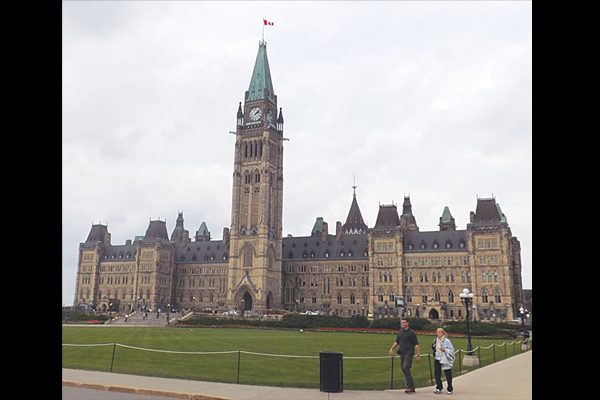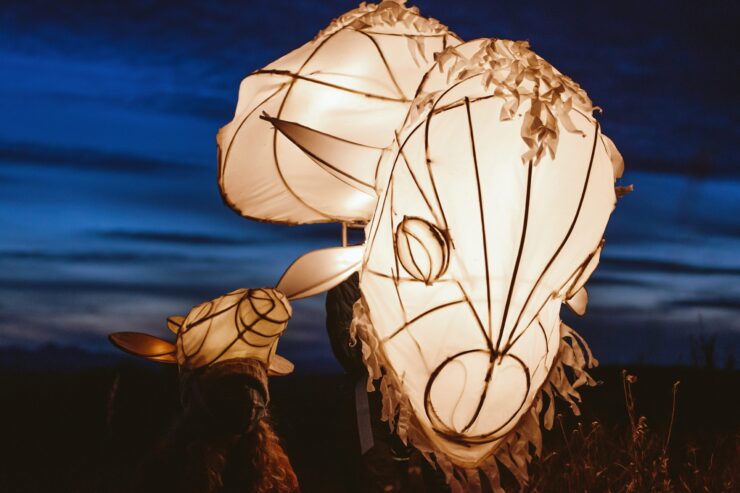Reduced prices, open-concept space, variety of artists attract new audience
The National Arts Centre (NAC) has long had a reputation as an elitist institution. Prohibitive ticket prices for high culture acts created a space where many felt they didn’t belong. This reputation was reflected in the NAC’s old building—a windowless, mid-century fortress that looked more suitable for surviving the imminent nuclear apocalypse than appreciate Canada’s artistic talent.
But the institution has seen dramatic changes in recent years. New facilities, show schedules, policies, and advertising are all working together in a top-to-bottom revamp that aims to capture the diversity of Canada’s artistic scene.
The most apparent difference to casual observers is the building’s new renovation. Originally opened as part of the Canada 150 celebrations last year, the final touches of the new space will come with the opening of their Elgin Street cafe later this year. Glass and wood have replaced stone and concrete in an open-concept environment that will serve as an accessible public space.
“We wanted to be more open, more welcoming, more transparent in a literal sense—after 50 years we have daylight in the NAC,” said Amy Carlin, a spokesperson for the NAC. “We wanted to face the city with a brand new, big entrance on Elgin so that we are welcoming foot traffic and not just cars … you don’t need a ticket to come (in)to the NAC anymore, you can come in and make yourself at home.”
The NAC’s commitment to openness also covers its ticket policy, with a significantly reduced fare for students and young adults. The popular Live Rush program also provides people under 29 with an opportunity to get $15 tickets for performances the day of the show, filling up empty seats while improving accessibility.
Programming has expanded to cover many more facets of Canadian culture than the ballets and theatre that used to dominate the NAC schedule. Orchestra and Opera are joined by Indigenous artists, interactive electronic music shows, and modern musicals. The NAC Presents segment of the centre is responsible for bringing in indie, rock, electronic, and youth-oriented acts.
Carlin recalled a rendition of A Christmas Carol with a focus on people with visual impairments. Pieces of the set would be brought out into the audience to physically feel, rules about noise from the crowd were relaxed, and a pure-white set was used to create a performance for those that had often been left out of traditional productions.
“What the design did was make everyone imagine the colours—it made everyone the same. Its different ways of testing your imagination, so you are not just watching something, you need to do some of the work,” she said.
Public arts funding is essential to creating and reinforcing cultural and national identity. A diverse nation deserves a diverse arts scene, and the NAC is quickly becoming a cornerstone of that movement.





